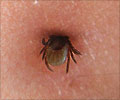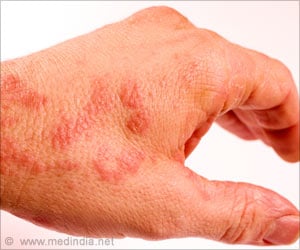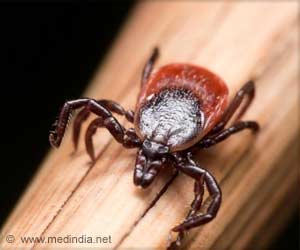FAQs on How Orthonairovirus and Wetland Virus Spread and Affect Health
1. Which doctor should I consult for an Orthonairovirus or Wetland virus infection?You should consult an infectious disease specialist or a general physician with experience in tick-borne diseases.
2. How is Orthonairovirus transmitted?
It is primarily transmitted through tick bites, but human-to-human transmission can also occur via contact with infected blood or bodily fluids.
3. What is the Wetland virus?
The Wetland virus is a less-known member of the Orthonairovirus genus, commonly found in wetland regions and transmitted through ticks.
4. What are the symptoms of Orthonairovirus infections?
Symptoms range from fever, headache, and muscle pain to severe hemorrhagic symptoms like bleeding from gums or under the skin.
5. Is there a treatment for Orthonairovirus infections?
There is no specific antiviral treatment; care focuses on supportive therapies like rehydration and managing symptoms.
6. Can the Wetland virus infect humans?
Yes, though rare, humans can become infected with the Wetland virus, typically after being bitten by infected ticks.
7. Where is the Wetland virus found?
The Wetland virus is predominantly found in regions with wetlands, especially in parts of Europe and Africa.
8. How can I prevent an Orthonairovirus infection?
Preventive measures include tick control, wearing protective clothing, using repellents, and conducting regular tick checks after outdoor activities.
9. What animals are most affected by the Wetland virus?
The Wetland virus primarily affects animals in or around wetlands, including waterfowl and livestock.
10. Can Orthonairovirus cause death?
Severe cases of Orthonairovirus infections, especially those with hemorrhagic symptoms, can be fatal without proper medical intervention.









